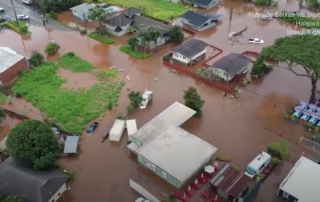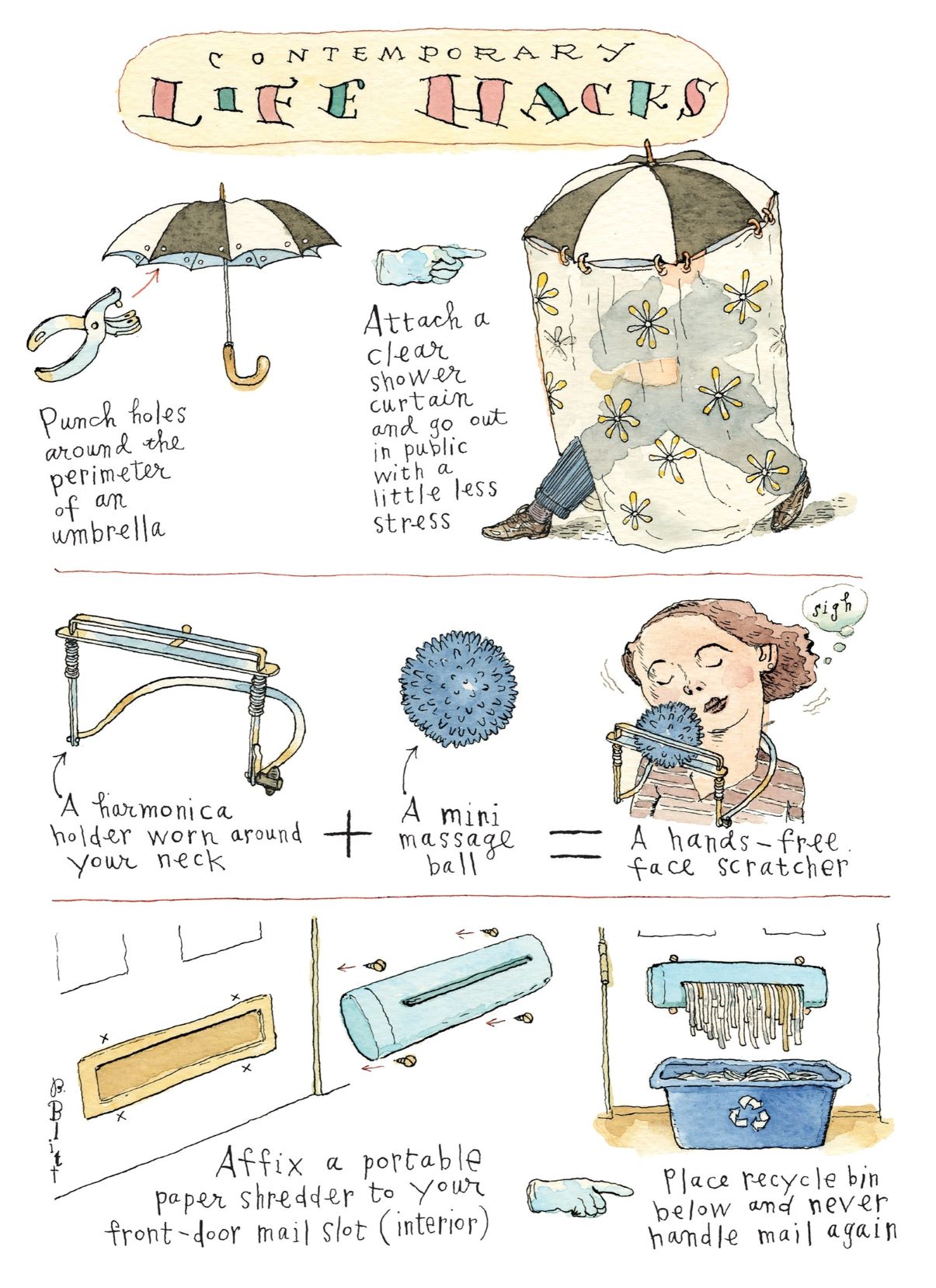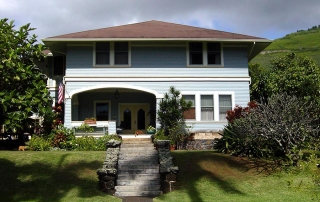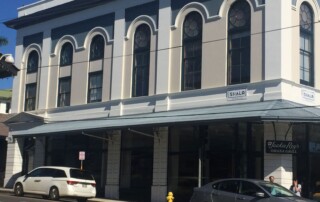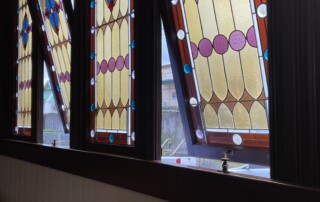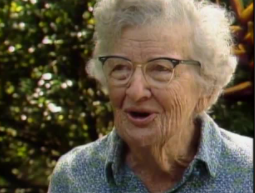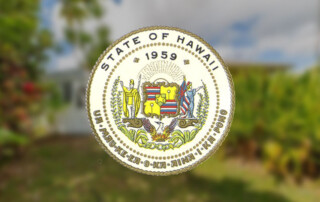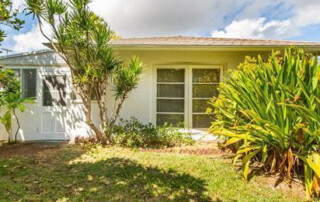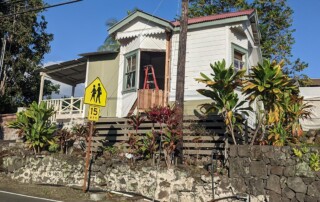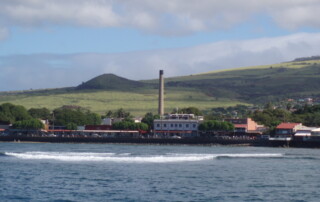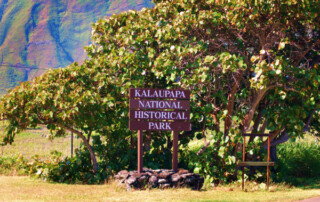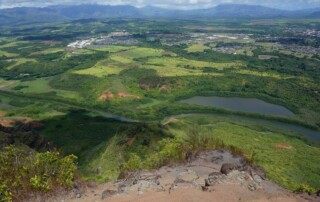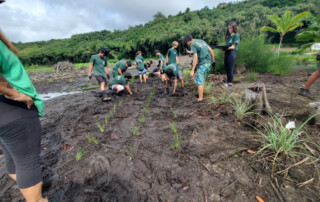Preservation Guidance for Flooding and Severe Weather Damage
The State of Hawai‘i has experienced extreme flooding this past week, causing significant damage to historic communities, neighborhoods and businesses. To support our friends and neighbors affected by this crisis, Historic Hawai‘i Foundation shares expertise from FEMA and other resources on how to salvage family heirlooms and repair historic properties. Prompt action is key. After the Flood 1. Secure your property: Your two most important tasks immediately following a hurricane are to ensure the safety and security of people working on site, and to keep valuable or important building fabric from the debris heap. Saving architectural fragments, building materials, decorative plaster, etc. can help with restoration later. Personal safety is always the highest priority when entering buildings damaged by floodwater. Check for structural damage before re-entering your home to avoid being trapped in a building collapse. Keep power off until an electrician has inspected your system for safety. Turn off the gas. Be alert for gas leaks. Look before you step. After a flood, the ground and floors are covered with debris, including broken bottles and nails. Floors and stairs that have been covered with mud can be very slippery. Take photos of any floodwater in your home and of damaged items for insurance purposes. Inventory what was damaged or lost on your property. Call your insurance agent to file a claim and report the damage as soon as possible. Homeowners insurance usually covers losses caused by wind, storms, or broken water pipes, but not surface flooding. Rescue the most valuable items, but never attempt to salvage belongings at the expense of your own safety. Wear long sleeves, sturdy shoes or waterproof boots, and plastic or rubber gloves during cleanup. Wash your hands often with soap [...]


